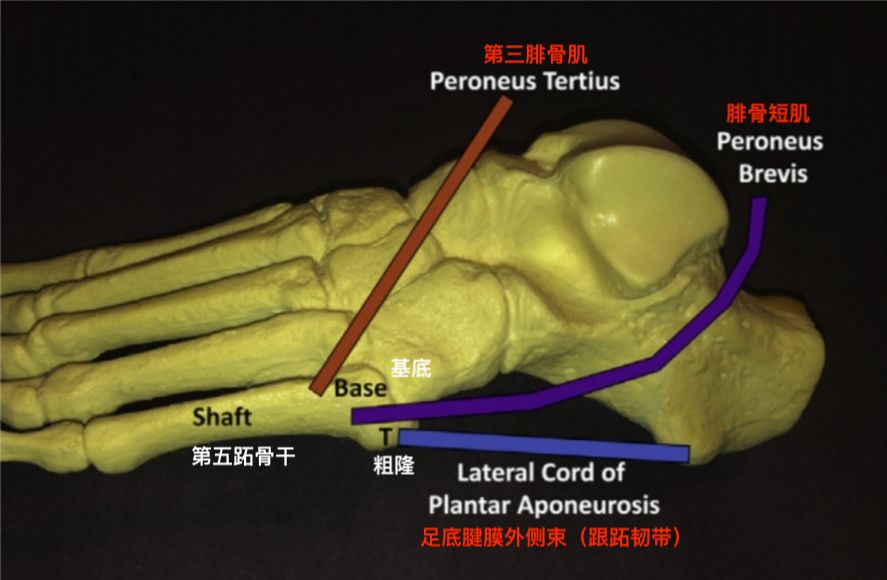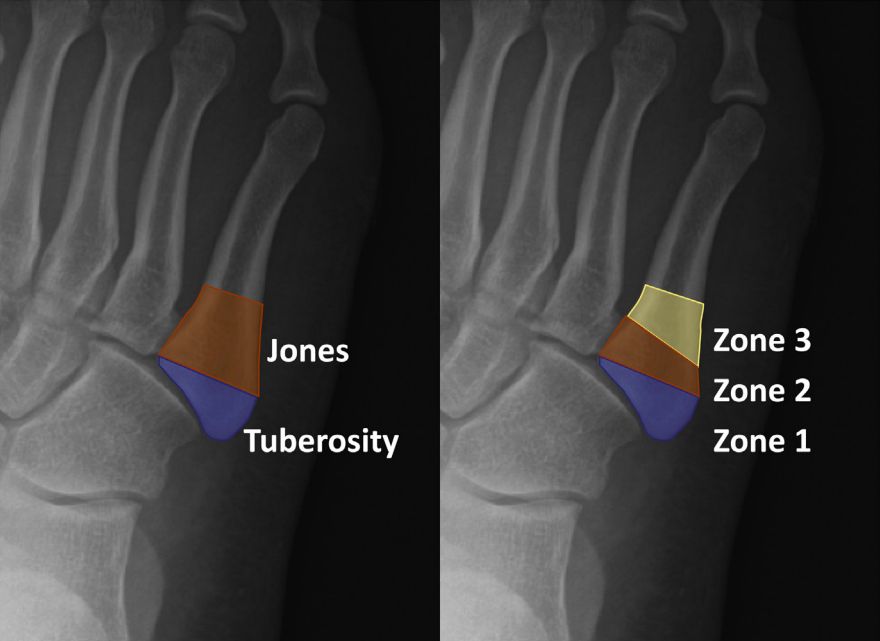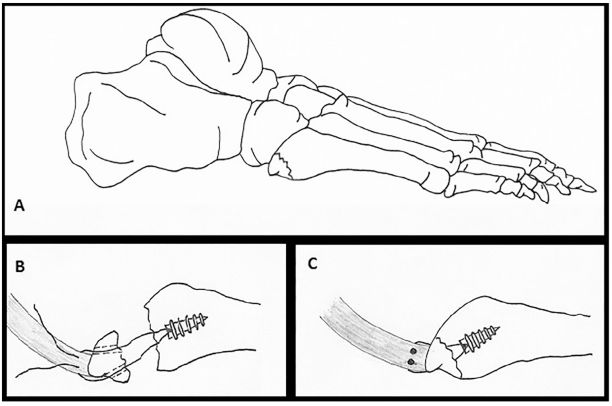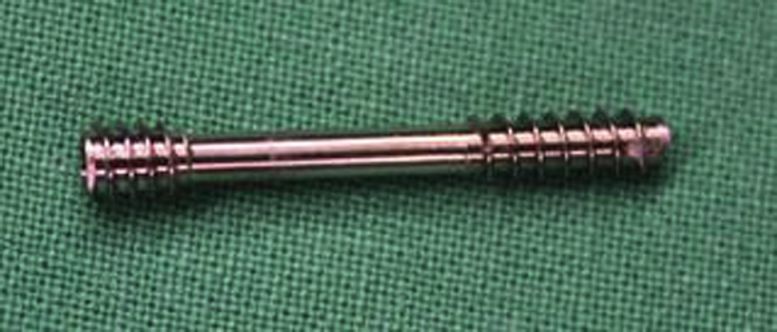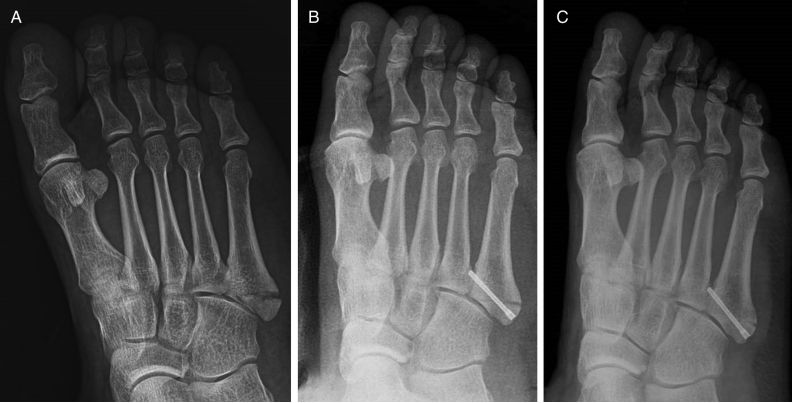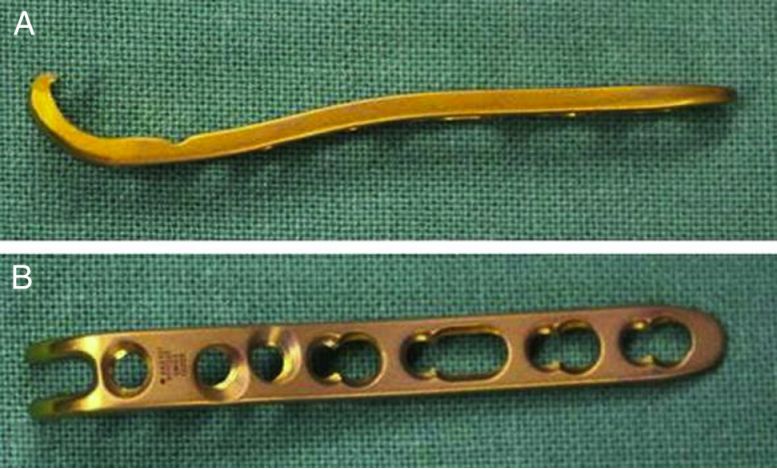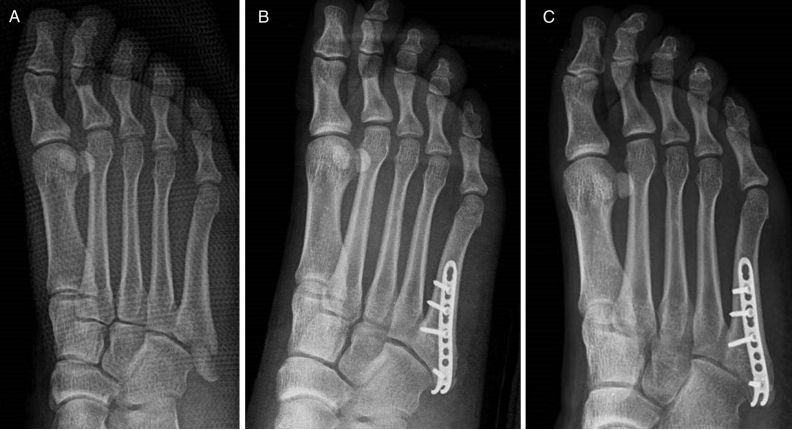Improper treatment of fifth metatarsal base fractures can lead to fracture nonunion or delayed union, and severe cases may cause arthritis, which has a huge impact on people’s daily life and work.
Anatomical Structure
The fifth metatarsal is an important component of the lateral column of the foot, and plays an important role in the weight-bearing and stability of the foot. The fourth and fifth metatarsals and the cuboid form the metatarsal cuboid joint.
There are three tendons attached to the base of the fifth metatarsal, the peroneus brevis tendon inserts on the dorsolateral side of the tuberosity at the base of the fifth metatarsal; the third peroneal muscle, which is not as strong as the peroneus brevis tendon, inserts on the diaphysis distal to the fifth metatarsal tuberosity; the plantar fascia The lateral fascicle inserts on the plantar side of the basal tuberosity of the fifth metatarsal.
Fracture classification
Fractures of the base of the fifth metatarsal were classified by Dameron and Lawrence,
Zone I fractures are avulsion fractures of the metatarsal tuberosity;
Zone II are located at the connection between the diaphysis and the proximal metaphysis, including the joints between the 4th and 5th metatarsal bones;
Zone III fractures are stress fractures of the proximal metatarsal diaphysis distal to the 4th/5th intermetatarsal joint.
In 1902, Robert Jones first described the type of zone II fracture of the base of the fifth metatarsal, so the zone II fracture is also called Jones fracture.
The avulsion fracture of the metatarsal tuberosity in zone I is the most common type of fifth metatarsal base fracture, accounting for about 93% of all fractures, and is caused by plantar flexion and varus violence.
Fractures in zone II account for about 4% of all fractures at the base of the fifth metatarsal, and are caused by foot plantar flexion and adduction violence. Because they are located in the watershed area of blood supply at the base of the fifth metatarsal, fractures at this location are prone to nonunion or delayed fractures heal.
Zone III fractures account for approximately 3% of fifth metatarsal base fractures.
Conservative treatment
The main indications for conservative treatment include fracture displacement less than 2 mm or stable fractures. Common treatments include immobilization with elastic bandages, hard-soled shoes, immobilization with plaster casts, cardboard compression pads, or walking boots.
The advantages of conservative treatment include low cost, no trauma, and easy acceptance by patients; the disadvantages include high incidence of fracture nonunion or delayed union complications, and easy joint stiffness.
Surgical Treatment
Indications for surgical treatment of fifth metatarsal base fractures include:
- Fracture displacement of more than 2 mm;
- Involvement of > 30% of the articular surface of the cuboid distal to the fifth metatarsal;
- Comminuted fracture;
- Fracture delayed union or nonunion after non-surgical treatment;
- Active young patients or sports athletes.
At present, the commonly used surgical methods for fractures of the base of the fifth metatarsal include Kirschner wire tension band internal fixation, anchor suture fixation with thread, screw internal fixation, and hook plate internal fixation.
1. Kirschner wire tension band fixation
Kirschner wire tension band fixation is a relatively traditional surgical procedure. The advantages of this treatment method include easy access to internal fixation materials, low cost, and good compression effect. Disadvantages include skin irritation and risk of Kirschner wire loosening.
2. Suture fixation with threaded anchors
Anchor suture fixation with thread is suitable for patients with avulsion fractures at the base of the fifth metatarsal or with small fracture fragments. The advantages include small incision, simple operation, and no need for secondary removal. Disadvantages include the risk of anchor prolapse in patients with osteoporosis. .
3. Hollow nail fixation
Hollow screw is an internationally recognized effective treatment for fractures of the base of the fifth metatarsal, and its advantages include firm fixation and good stability.
Clinically, for small fractures at the base of the fifth metatarsal, if two screws are used for fixation, there is a risk of refracture. When one screw is used for fixation, the anti-rotation force is weakened, and redisplacement is possible.
4. Hook plate fixed
Hook plate fixation has a wide range of indications, especially for patients with avulsion fractures or osteoporotic fractures. Its design structure matches the base of the fifth metatarsal bone, and the fixation compression strength is relatively high. Disadvantages of plate fixation include high cost and relatively large trauma.
Summary
When treating fractures at the base of the fifth metatarsal, it is necessary to choose carefully according to each individual’s specific situation, physician’s personal experience and technical level, and fully consider the patient’s personal wishes.
Post time: Jun-21-2023





